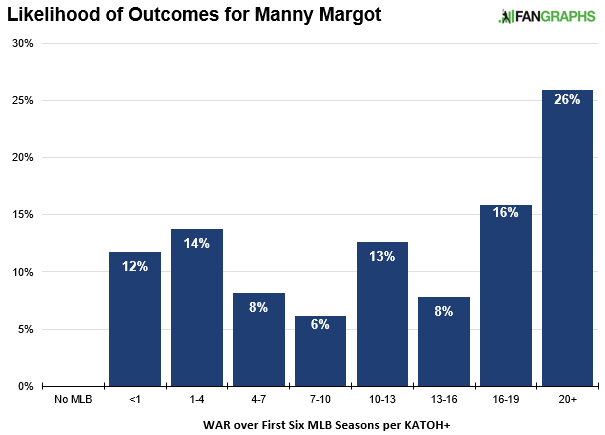Jose Abreu Is Halfway to Strikeout Bingo
Just in case you’ve missed it — Jose Abreu, earlier, was a massive disappointment. For as long as the White Sox were worth paying attention to this year, Abreu was underachieving. It was one of the critical things holding them back, as Abreu generated a first-half line that was a little worse than average. In the second half, as the White Sox have faded, Abreu’s been fantastic. That’s not to suggest there’s some sort of weird-ass inverse relationship between Abreu’s hitting and Chicago’s winning. Abreu has just found his footing again. He’s playing like an All-Star again. That should make the White Sox feel better as they turn their attention to the offseason ahead.
So, Abreu’s improved. The power is up, and he’s cut down on the whiffs. But, about some of those whiffs. It’s probably too late in the year for Abreu to pull off the full Strikeout Bingo. He’d have to really make an effort. Nevertheless, he’s gotten halfway there. It’s a notable accomplishment, if not one Abreu would want to talk about.


